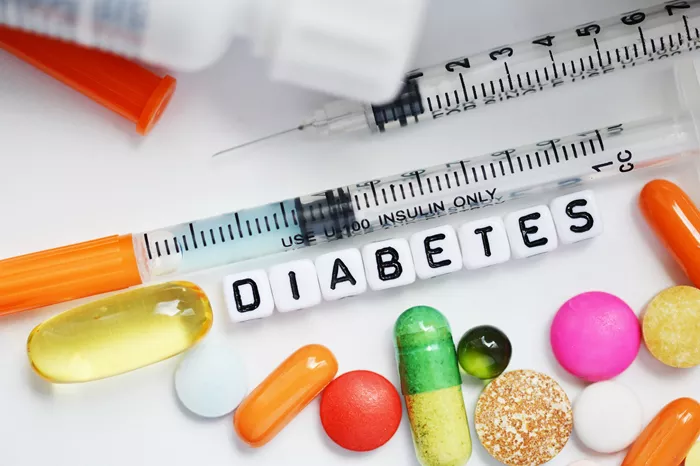The relationship between metabolically healthy overweight/obesity (MHO) and type 2 diabetes (T2DM) risk remains a crucial area of research, particularly as it varies among different ethnic populations. This study aimed to evaluate the association between MHO and T2DM risk across various ethnic groups in southwest China, focusing on potential ethnic disparities in metabolic health outcomes.
This prospective cohort study tracked 6,820 participants from southwest China, assessing the link between MHO and T2DM risk. MHO was defined as having a body mass index (BMI) ≥ 24 kg/m² combined with ≤ 1 component of metabolic syndrome. The study employed Cox proportional hazards models to examine the relationship between MHO and the development of T2DM over time.
The median follow-up period for the cohort was 6.58 years, during which 708 new cases of T2DM were identified. In the overall population, after adjusting for potential confounders, MHO was associated with a significantly higher risk of developing T2DM compared to metabolically healthy normal weight (MHNW) individuals (hazard ratio [HR] = 1.49, 95% CI: 1.15–1.93).
When the data was broken down by ethnicity, the results indicated that MHO was linked to an increased risk of T2DM in the Han ethnic group (HR = 1.64, 95% CI: 1.21–2.23). However, the association was not statistically significant in ethnic minority groups, suggesting that ethnic differences play a role in how MHO affects T2DM risk. Further sensitivity analysis confirmed the robustness of these findings.
Additional stratified analyses based on sex, age, and urban/rural residency revealed that the ethnic disparities in the MHO-T2DM relationship persisted. Interestingly, among Han participants aged 45 years or older, the association between MHO and T2DM was not statistically significant (p > 0.05).
This study underscores that MHO is associated with an increased risk of developing T2DM compared to MHNW individuals. However, there are notable ethnic differences in this relationship, with Han Chinese showing a stronger association between MHO and T2DM risk compared to ethnic minority groups. These findings suggest that targeted interventions for Han Chinese populations, especially those aged 45 years and older, are critical to reducing the risk of T2DM in this high-risk group.
Read More:
Can Low Testosterone Cause Type 2 Diabetes?
How Are Type 1 & 2 Diabetes Similar?
Type 1 & 2 Diabetes NHS:What’s The Difference


